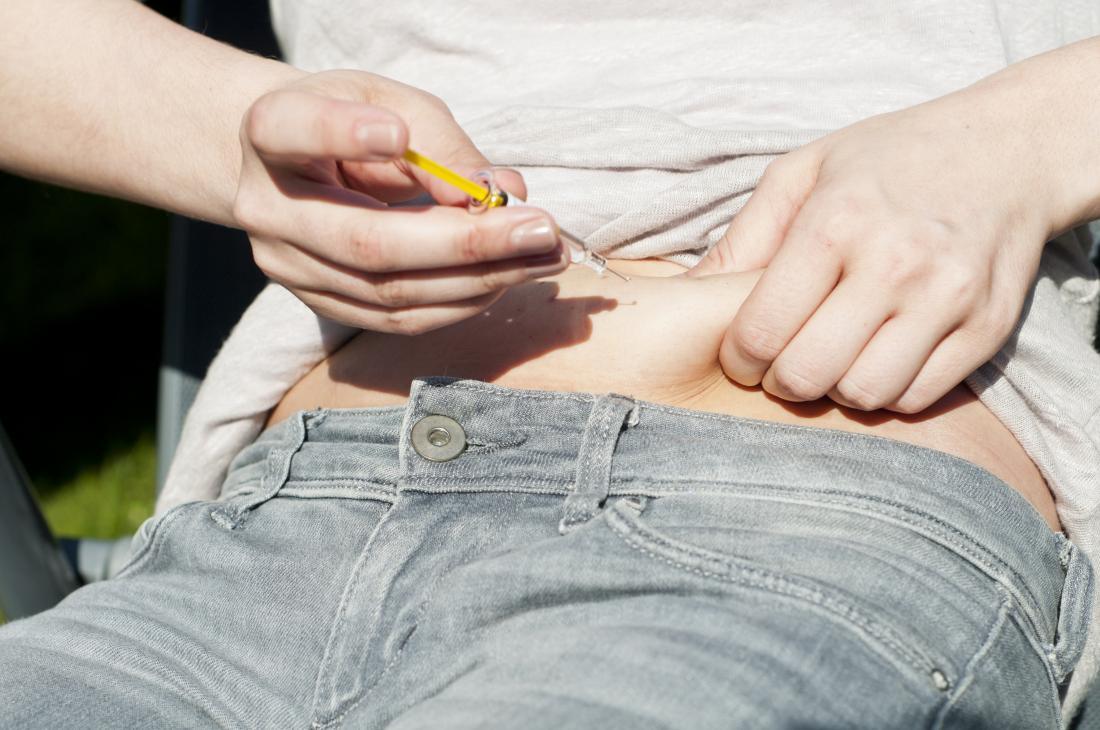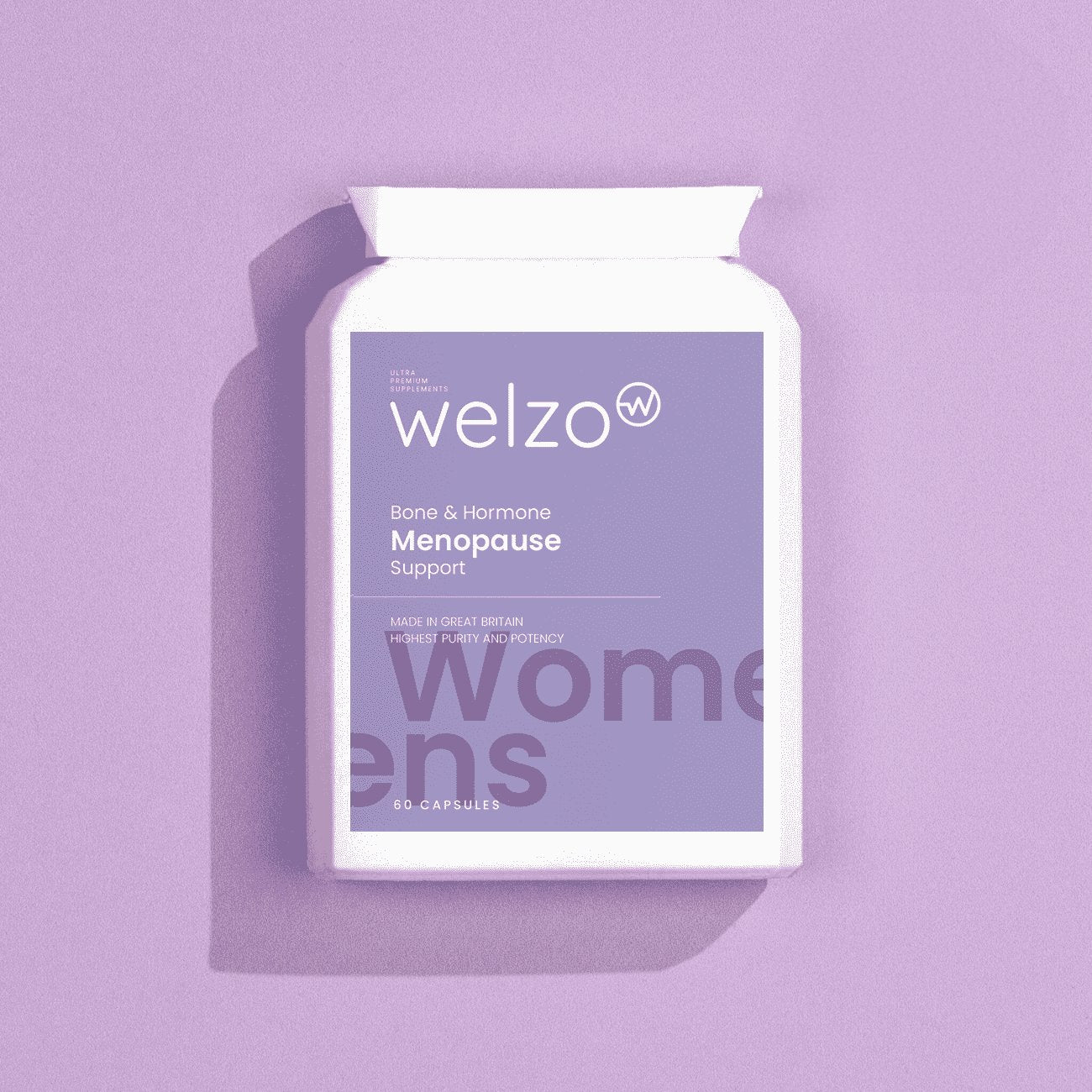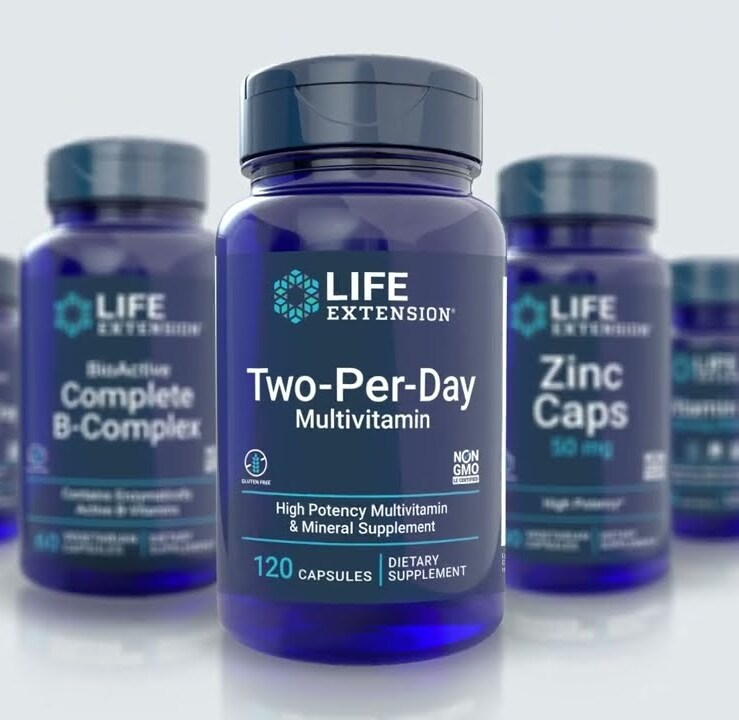Subcutaneous Testosterone Injections: A Comprehensive Guide to an Alternative TRT Method

Related products
Introduction
Testosterone replacement therapy (TRT) has become a popular treatment option for individuals experiencing low testosterone levels. One alternative method that has gained attention in recent years is subcutaneous testosterone injections. This article will discuss the benefits of subcutaneous injections compared to other TRT methods and provide an in-depth look at this treatment option.Overview of testosterone replacement therapy (TRT)
Testosterone replacement therapy aims to restore testosterone levels in individuals experiencing a deficiency in this essential hormone. Low testosterone can lead to various physical, emotional, and cognitive symptoms, and TRT can help alleviate these issues by providing a steady supply of testosterone to the body.Subcutaneous testosterone injections as an alternative method
Subcutaneous testosterone injections are an alternative to traditional intramuscular injections, offering a less invasive and potentially more comfortable option for patients. By injecting testosterone directly into the fatty layer beneath the skin, this method allows for a slow and steady release of the hormone into the bloodstream.Benefits of subcutaneous injections compared to other methods
Subcutaneous injections offer several advantages over other TRT methods, including: 1. Less pain and discomfort during administration 2. Reduced risk of complications associated with intramuscular injections 3. More stable hormone levels due to a steady release of testosterone 4. Lower cost compared to some other TRT methodsUnderstanding subcutaneous testosterone injections
Subcutaneous injections are a relatively new option for testosterone replacement therapy. This section will define and explain subcutaneous injections, discuss the types of testosterone formulations used in this method, and highlight the advantages of choosing subcutaneous injections.Definition and explanation of subcutaneous injections
Subcutaneous injections involve administering medication into the fatty layer of tissue located just beneath the skin. Unlike intramuscular injections, which deliver medication into the muscle tissue, subcutaneous injections offer a less invasive and less painful option for patients. The slow release of medication from the fatty tissue allows for more stable hormone levels and may reduce the frequency of injections needed.Types of testosterone formulations used in subcutaneous injections
The most commonly used testosterone formulation for subcutaneous injections is testosterone cypionate, which is suspended in an oil-based solution. This formulation is designed for slow-release, providing a steady supply of testosterone over an extended period. Other testosterone formulations may also be used for subcutaneous injections, but it is essential to consult with a healthcare professional to determine the most suitable option for your specific needs.Advantages of subcutaneous injections
Subcutaneous testosterone injections offer several benefits, including:
1. Easier and less painful administration compared to intramuscular injections
2. More stable testosterone levels due to the slow-release of the hormone
3. Lower risk of complications, such as infection or nerve damage, associated with intramuscular injections
4. Potentially reduced frequency of injections, depending on the specific formulation used
5. Lower cost compared to some other TRT methods, such as transdermal patches and gels
The subcutaneous testosterone injection process
Administering subcutaneous testosterone injections can be a straightforward process, especially with the proper guidance and technique. This section will outline the steps for preparing the injection, selecting the appropriate injection site, and executing the procedure.Preparing for the injection
Before administering a subcutaneous testosterone injection, gather all necessary supplies, including the testosterone vial, a sterile syringe, an alcohol swab, and a sharps container for disposing of the used needle. Ensure you are working in a clean environment and have washed your hands thoroughly.Choosing the injection site
Subcutaneous testosterone injections are typically administered into the fatty tissue of the abdomen or thigh. Rotate injection sites to minimise the risk of irritation or infection, and avoid injecting into areas with visible veins, scars, or inflammation.Step-by-step guide to administering subcutaneous testosterone injections
1. Clean the top of the testosterone vial with an alcohol swab. 2. Draw the prescribed dosage of testosterone into the syringe. 3. Pinch a fold of skin at the chosen injection site, holding it firmly between your thumb and index finger. 4. Insert the needle at a 45-degree angle into the fatty tissue, ensuring it does not penetrate muscle. 5. Slowly push the plunger to release the testosterone into the tissue. 6. Withdraw the needle and apply gentle pressure to the injection site with an alcohol swab for a few seconds. 7. Dispose of the used needle in a sharps container.Subcutaneous testosterone injection dosage and frequency
Determining the correct dosage and frequency of subcutaneous testosterone injections depends on various factors, such as the individual's hormone levels, response to treatment, and overall health. This section will discuss these factors and the importance of ongoing monitoring and follow-up care.Factors affecting dosage and frequency
Individual factors, such as age, body weight, and severity of testosterone deficiency, can influence the required dosage and frequency of subcutaneous testosterone injections. Additionally, the specific formulation used may also affect the dosing schedule. It is crucial to consult a healthcare professional to establish the most suitable dosage and frequency for your needs.Typical dosage ranges and adjustment
The initial dosage for subcutaneous testosterone injections may range from 50 to 100mg per week, with adjustments made based on the individual's response to treatment and hormone levels. Regular blood tests and consultations with a healthcare professional are essential to ensure the appropriate dosage is maintained and to minimise potential side effects.Importance of ongoing monitoring and follow-up care
Continuous monitoring and follow-up care are crucial to achieving the best possible results from subcutaneous testosterone injections. Regular blood tests, hormone level assessments, and consultations with a healthcare professional will help to identify any necessary adjustments to the dosage or frequency and ensure the overall effectiveness and safety of the treatment.Potential side effects and complications
Subcutaneous testosterone injections, like any medical treatment, carry the risk of side effects and complications. This section will discuss common side effects, potential complications, and when to seek medical attention.Common side effects of subcutaneous testosterone injections
Some common side effects associated with subcutaneous testosterone injections include injection site reactions (redness, swelling, or pain), mild headaches, mood swings, and increased acne. In most cases, these side effects are temporary and resolve on their own. However, if side effects persist or worsen, it is essential to consult a healthcare professional, such as Dr. John Smith, an endocrinologist at the London Hormone Clinic .Potential complications and how to avoid them
Possible complications of subcutaneous testosterone injections include infection, haematoma formation, and incorrect administration. To minimise these risks, ensure proper injection technique, rotate injection sites, and maintain a clean environment. Consulting a healthcare professional for guidance on administering injections can also be beneficial.When to seek medical attention
Seek medical attention if you experience any severe side effects or signs of an allergic reaction, such as difficulty breathing, hives, or swelling of the face, lips, or tongue. Additionally, consult a healthcare professional if you notice any unusual symptoms or changes in your health that may be related to subcutaneous testosterone injections.Comparing subcutaneous injections to other TRT methods
There are various methods available for testosterone replacement therapy. This section will compare subcutaneous injections to other popular TRT methods, including intramuscular injections, transdermal patches and gels, and oral medications.Intramuscular injections
Intramuscular testosterone injections are a common TRT method, but they can be more painful and carry a higher risk of complications compared to subcutaneous injections. Dr. Jane Anderson, a hormone specialist, explains that subcutaneous injections are generally better tolerated and easier for patients to administer at home.Transdermal patches and gels
Transdermal testosterone patches and gels provide a non-invasive alternative to injections. However, they may cause skin irritation and require daily application, which can be inconvenient for some individuals. Subcutaneous injections, on the other hand, typically have a lower risk of skin reactions and may be administered less frequently.Oral medications
Oral testosterone medications offer another non-invasive option but may be less effective in maintaining stable hormone levels compared to subcutaneous injections. According to Dr. Susan Brown, a consultant endocrinologist at the Birmingham Hormone Clinic, subcutaneous injections offer a more consistent release of testosterone, contributing to better overall treatment outcomes.Frequently asked questions about subcutaneous testosterone injections
In this section, we will address some common questions related to subcutaneous testosterone injections, including whether anyone can switch to this method, the time it takes to see results, and its effectiveness compared to other TRT methods.Can anyone switch to subcutaneous injections?
The suitability of subcutaneous injections for an individual depends on various factors, such as their medical history, current health, and personal preferences. While many people can safely switch to subcutaneous injections, it is crucial to consult a healthcare professional before making any changes to your TRT regimen.How long does it take to see results?
The time it takes to see results from subcutaneous testosterone injections can vary among individuals. Generally, patients may experience improvements in symptoms within a few weeks, with more significant changes occurring over several months. Dr. Sarah Johnson from the Edinburgh Hormone Clinic suggests that patients should be patient and closely monitor their progress, as adjustments to the treatment plan may be necessary to achieve optimal results.Are subcutaneous injections less effective than other methods?
Subcutaneous testosterone injections have been shown to be as effective as other TRT methods in achieving stable hormone levels and alleviating symptoms of testosterone deficiency. However, the best TRT method for an individual depends on their specific needs and circumstances. Consulting a healthcare professional can help determine which method is most appropriate for each person.
























 Rated Excellent by 26,523+ Reviews
Rated Excellent by 26,523+ Reviews